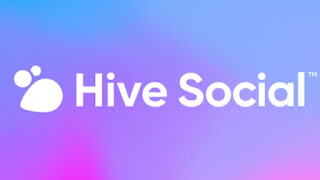StoryGraph has some great opportunities for authors to connect with readers through community, giveaways, and challenges.
Their Giveaway program is still in beta. If you want to join their program, you need to sign up through a Google form. There are two levels—Standard and Premium. Standard allows giveaways in digital, prints, and audio formats, with up to 250 prizes. It also puts your contest on their Giveaway page, adds it to any reader’s “For You” page that has similar keywords, and gives you a dashboard to follow your progress. They include a link for sharing on social media. With Premium, you get everything above and a front-page advertising for the contest on the Home and Book page. Standard is $99 per giveaway and Premium is $499. If you catch a beta run, you can get a 50% discount.
Buddy Reads through the Community page allows you to read the same book with other readers. It’s a virtual book club! The app does not show who follows you, only who you follow. To begin a buddy read, follow your friends/fans through the community page. Add their email or username to find them.
Once you have a list, go to the book page of the title you plan to read. Click “start a buddy read.” Add a description such as “beta readers unite,” or “perusing my latest book together.” Add the names of the readers to be in the buddy read. The app also suggests readers. (As an author, I wouldn’t use this unless it was someone I thought would REALLY like to read my choice.) Be sure your readers have set their Preferences to allow other people to invite them to buddy read. (You can limit invites to those who follow you and/or friends. That way you won’t get random requests.)
Once invites have been sent and accepted, click on Buddy Reads to follow along. Each user can select the book to put it on their Currently Reading shelf. Then, as they read, they can click on the book again and add progress. The Buddy Read page has space for comments and discussion. There is also a space for ratings and reviews. It ends once the entire group finishes the book.
Another great connection opportunity is Challenges. StoryGraph has several challenges already uploaded. I found my PopSugar and the 52 Book Club challenges already set up for 2023. You can add a yearly reading goal for yourself as well. To find a list, click on the Browse button. There are many challenges listed, but you can also create your own.
Click on the Create New button. Give it a title and dates for the beginning and end. Enter the prompts for the challenge. You can even add Bonus prompts to challenge readers. The options are not required to finish the challenge. You can add specific books or generic prompts. Click Add Another to fill out the list. When finished, click the box to make it live. You can also make the challenge public. Add a category and keywords to find readers. Or send a note out on social media to invite fans to join you.
StoryGraph is an interesting alternative to Goodreads. Check it out and see if the app is for you. (If you do, I’m ginnyfrost on the app.)






